"I have announced this star as a comet, but since it is not accompanied by any nebulosity and, further, since its movement is so slow and rather uniform, it has occurred to me several times that it might be something better than a comet. But I have been careful not to advance this supposition to the public." -Giuseppe Piazzi
When we think of the planets, most of you think of either eight or nine, depending on whether you count Pluto or not.
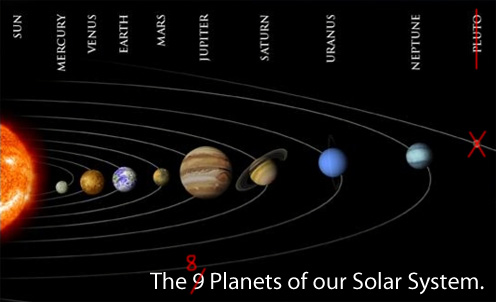
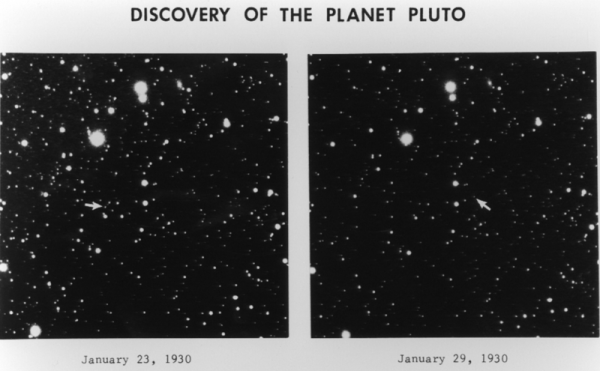
And in 1930, Clyde Tombaugh discovered one very interesting one. For someone who looked at tens of thousands of plates, side-by-side, this was the payoff! The discovery of a new object, out beyond Neptune's orbit: a ninth planet.
And it was clearly special, because it took forty-eight years to discover the second object out beyond Neptune. Know what it was?
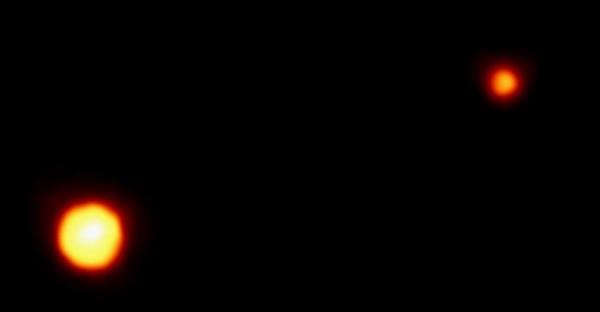
Pluto's moon, Charon. We've since, of course, taken some amazing photos, and discovered not just two more moons for Pluto, but also dozens of other, similar objects out beyond Neptune. And with all the evidence out there that Pluto was nothing special, it lost its planetary status.
But what you may not know is that this has all happened before. I was reminded of this yesterday, where I came upon a Valentine to Pluto.

For those of you that have images disabled, here is the text of the above image:
Dear Pluto,
Please go and attempt to reproduce with yourself. I was a planet 130 years before you were discovered and they demoted me to a freakin' asteroid, but you don't see me being a whiny little girl-puppy about it.
Sincerely,
Ceres
What's the deal with this? Let me take you back to the start of the 19th Century.
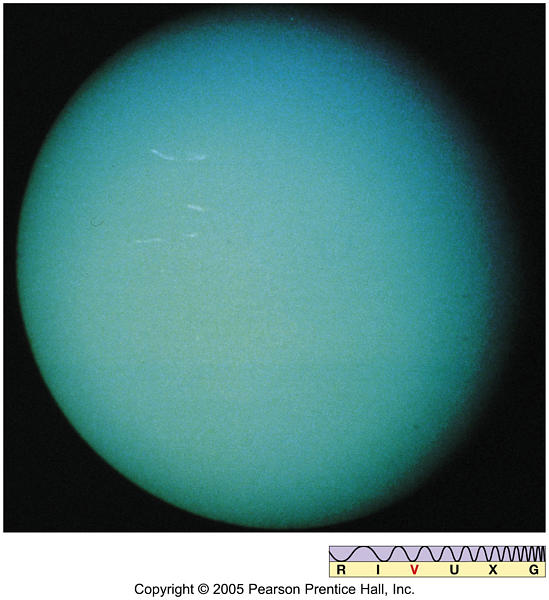
The Solar System has recently expanded. Including Earth, the Solar System had six planets -- out to Saturn -- which had been known since antiquity. But in 1781, famed astronomer William Herschel discovered a seventh planet, Uranus, as shown above.
And all over Europe, the greatest hope of astronomers was not merely to hunt for comets, but to find what could possibly be the eighth planet!

On New Year's day in 1801, the Italian Priest Giuseppe Piazzi became that man. He wrote the following in his journal:
The light was a little faint, and of the colour of Jupiter, but similar to many others which generally are reckoned of the eighth magnitude. Therefore I had no doubt of its being any other than a fixed star. In the evening of the second I repeated my observations, and having found that it did not correspond either in time or in distance from the zenith with the former observation, I began to entertain some doubts of its accuracy. I conceived afterwards a great suspicion that it might be a new star. The evening of the third, my suspicion was converted into certainty, being assured it was not a fixed star. Nevertheless before I made it known, I waited till the evening of the fourth, when I had the satisfaction to see it had moved at the same rate as on the preceding days.
And, as Murphy's Law would have it, that was the last night that Ceres -- which this object would finally be named -- would be visible, as it would pass too close to the Sun! And as any amateur astronomer knows, it's all too easy for faint objects to become lost in the Sun's glare.
With such a small set of observations, and so little known about this object, would anyone ever be able to find the elusive planet Ceres ever again?
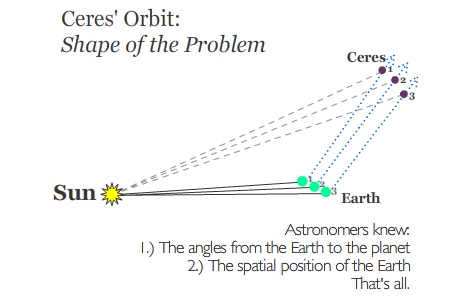
Well, if you were Carl Friedrich Gauss, you could. Because in addition to the Earth's position and Ceres' position in the sky, we knew Newton's and Kepler's laws governing the motions of the planets. The predictions, reconstructed here, were dead on, and Ceres was confirmed to be not a comet, nor a star, but a heavenly body orbiting around the Sun, in an ellipse, between Mars and Jupiter!
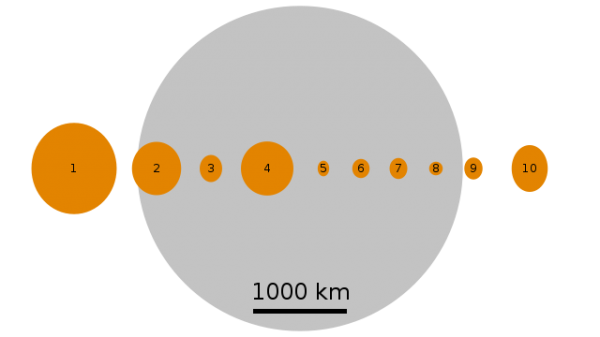
But Piazzi's glory was short lived. The next year, another planet-like body between Mars and Jupiter was discovered. And over the next 48 years, the same time it took 20th Century astronomers to find the second object beyond Neptune, their 19th Century counterparts had found ten objects between Mars and Jupiter. And even worse, they were all diminutive, even when compared with our Moon (above).
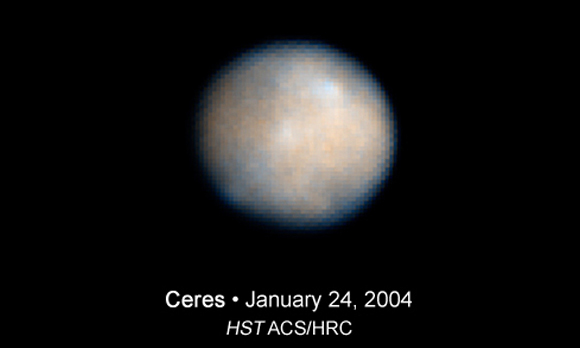
So Ceres, imaged here by the Hubble Space Telescope, was demoted to the status of "largest asteroid", never to be called a true planet again. Like I've written before, though, these objects are special because of what they are, not because of what we call them.
Does the fact that Pluto lives in the Kuiper belt make it less special than if it were the only one out there? Does the fact that Ceres isn't a standalone object, but has a whole host of neighbors make it less special than if it were on its own? Does Saturn's moon Titan -- with an atmosphere thicker than Earth's -- become any less special in your eyes because it wasn't able to eat up Saturn's rings with its own gravity?
The answer to all of these questions, of course, is no. These objects are special based on their own merits, not because of what's going on around them.
And that, perhaps, is the greatest truth of it all.
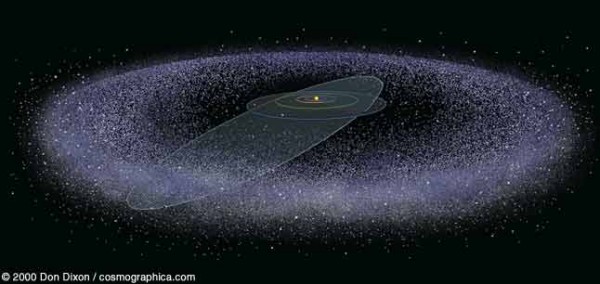
Our little neighborhood in the Universe, complete with rocky planets, gas giants, moons of all shapes and sizes, comets, asteroids, centaurs, and the Kuiper Belt, is just one of hundreds of billions in the galaxy, which is just one of hundreds of billions in the Universe. Why not enjoy it for what it is?

>These objects are special based on their own merits, not because of what's going on around them.
True, but also keep in mind that if Ceres had been thought of a planet all this time one doubts it would have taken until 2015 to see it close up for the first time. That's why I always make sure to tack on the word star to brown dwarf, as deuterium-fusing substellar object just doesn't have the same ring to it. Especially important given that WISE might turn up one or more of these fairly nearby and the more exciting the discovery the better.
Zira gönül yarasının merhemi yoktur. Kırılan harab olan bir gönülden yükselen feryat da kabule karindir. Hakkın katında. Zira âMazlumun ahı gökyüzüne kıvılcım Åeklinde yükselirâ buyuruyor Nebiler Nebisi.
Ä°nsan ne kadar sert mizaçlı olursa olsun, eÄer dikkat ederse gönül yıkmadan, kalb kırmadan, bir ömür sürebilir. Hiçbir zaman âTabiatını, huyumâ diyerek atamaz bu vebali üzerinden. Zira yapılan hareketlerde Mevlaâya karÅı sorumluluÄunu unutmamalı insan. Ve hesap vereceÄini
Thank you Ethan.
I haven't laugh so hard at anything scientific (except maybe the movie The Atomic Cafe) as I did to Ceres postcard to Pluto.
And a realy nice history of planetary astronomy too.
Fantastic stuff! Just the other day I was trying to explain this very concept to a friend of mine who kept insisting that Pluto was still a planet. I couldn't remember the name of the Ceres though, so thanks! I'll go back and hit it home with that. I think I got through to him when I said that it doesn't matter what we call it. Pluto is still Pluto and it's still doing what it has done since the forming of the solar system.
Dwarf planets are still planets! :) They just haven't, for one reason or another, collected all the matter in their orbit.
'Tis but thy name that is my enemy;
Thou art thyself, though not a Planet.
What's Planet? it is nor moon, nor comet,
Nor asteroid, nor meteor, nor any other part
Belonging to an orbit. O, be some other name!
What's in a name? that which we call Pluto
By any other name would orbit as sweet;
I wonder if we are ever going to see planets outside of our galaxy.
süperdiiiiiiiiiiiii
i love the f*** you pluto
i love space
me 2
I laughed even harder because I know classic mythology - Ceres/Demeter is *supposed* to hate Pluto/Hades.